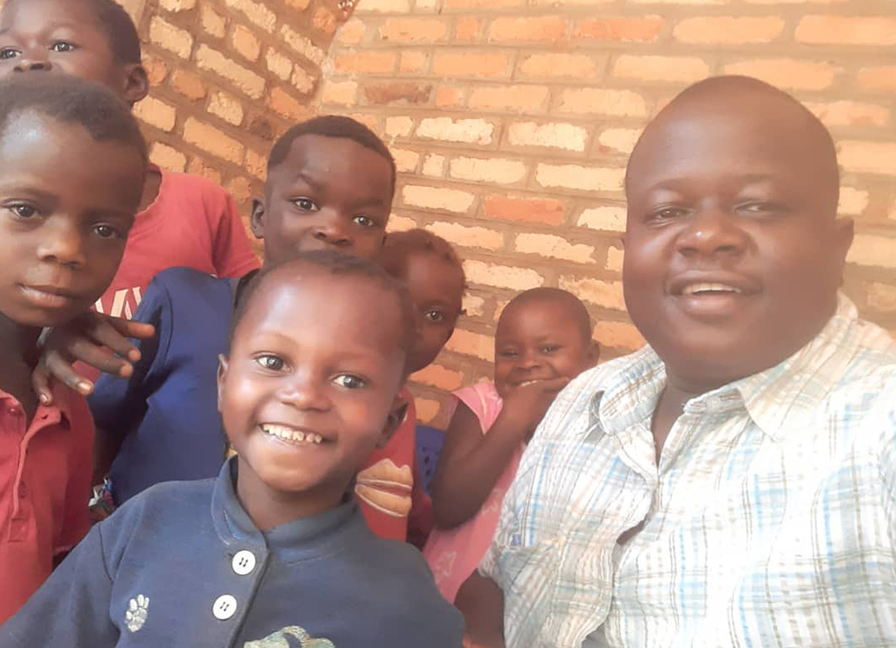With the region around Nebobongo, Democratic Republic of Congo (DRC) suffering from extreme poverty, some level of malnutrition can be expected. However, when we were alerted in December, 2015 that the hospital was seeing an increasing number of children admitted with extreme malnutrition resulting in death, the severity of the situation became clear. With the death of 99% of the region’s livestock through an epidemic several years back and the shrinking value of money due to political instability, this issue became very troubling to hospital staff. They felt helpless to do anything about it since they lacked financial resources to mount a meaningful intervention without jeopardizing core hospital functions.
In January of 2016, we sent a doctor and a few nurses from Nebobongo Hospital to a Christian hospital 300 miles away that is backed by Samaritan’s Purse. Here, the Nebobongo staff observed and replicated the successful malnutrition program already in place there. With your support, this new team opened the Center for Education and Nutrition at Nebobongo Hospital in February of 2016. Currently, our malnutrition treatment and prevention program at Nebobongo Hospital includes both inpatient and outpatient components and operates in three villages in the area.
"The Democratic Republic of the Congo (DRC) is facing one of the world's largest hunger crises globally. DRC is home to the highest number of food-insecure people worldwide at 26.4 million people – a quarter of the population...
Food insecurity has worsened: hunger and conflict fuel one another, and political instability and climate-related shocks have compounded humanitarian needs. This volatile context drove food costs out of reach, particularly with the backdrop of global disruptions to supply chains arising from the war in Ukraine.” - World Food Programme
Hospital ward for acutely malnourished (starving) children:
Children that are diagnosed as acutely malnourished are admitted to the hospital for a three-week stay. During this time, the kids are fed a high-nutrient diet consisting heavily of peanut butter and soy flour with other vegetables. The family also receives counseling from staff, including from the hospital chaplain, on proper nutrition and issues that are keeping the family from having food. The main goal is to educate families to prevent this situation from occurring again.
Outpatient program for chronically malnourished (nutrient deficient) children:
Children that are chronically malnourished attend a weekly program where they receive a high-nutrient meal. The program starts out each day with devotion and prayer time and then an educational component with nutrition training. Each family is sent home with soy flour to use throughout the week. This should prevent the kids from becoming acutely malnourished and equip the parents to understand how to properly feed their families when they are discharged from the program.
An important secondary impact of this program is the flow of program funds into the local economy. As of June 2017, all the funds sent to Nebobongo remain in the local economy now that a milling machine supplied by E4 Project has been installed. This machine allows for corn, soybeans and peanuts for the program to be bought from impoverished farmers nearby and processed into flour on-site at the hospital.













